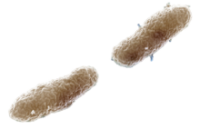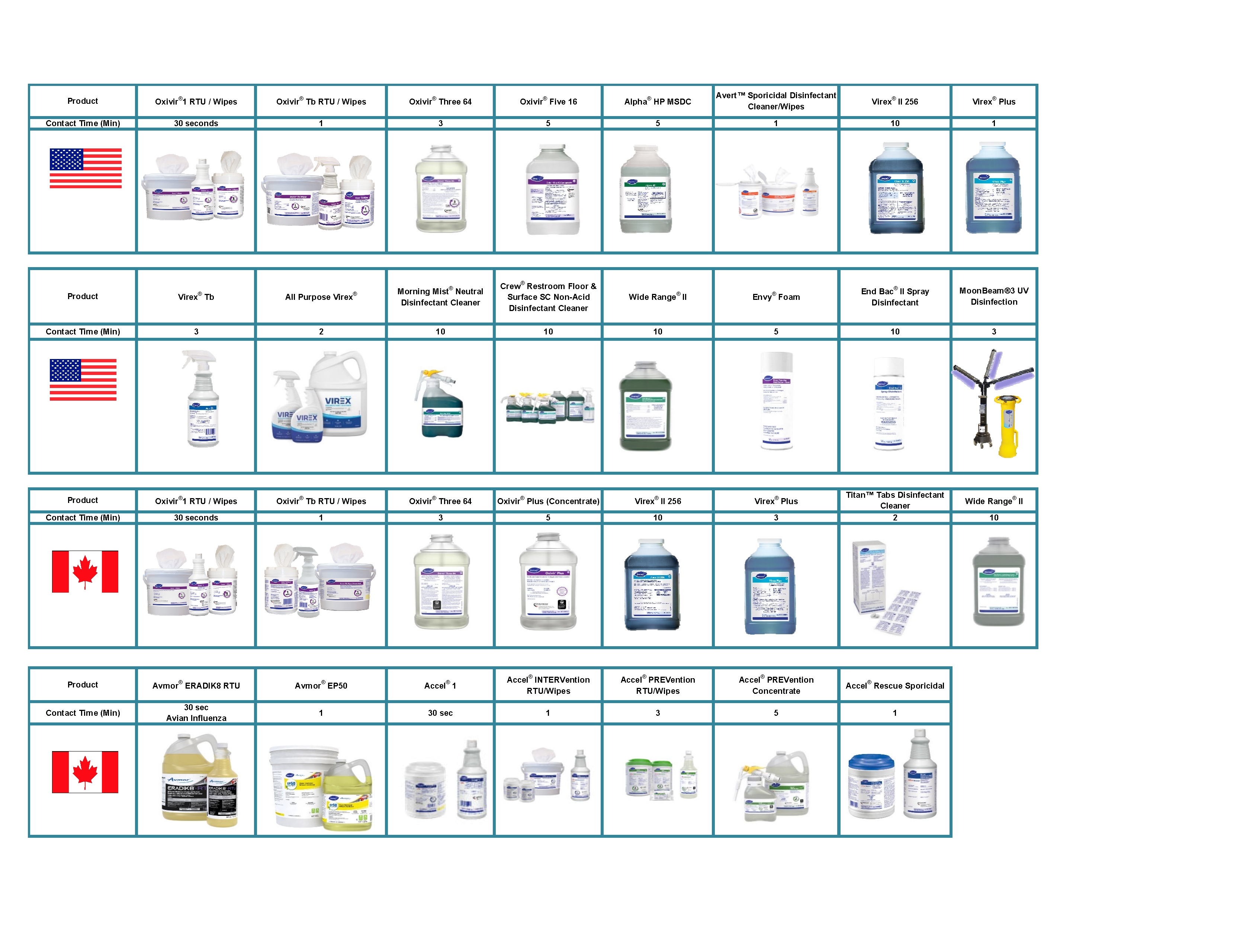
General Description
Whooping cough is a respiratory illness caused by a type of bacteria called Bordetella pertussis. The disease is only found in humans. The bacteria attach to the cilia (tiny, hair-like extensions) that line part of the upper respiratory system and release toxins (poisons), which damage the cilia and cause airways to swell. Whooping cough may begin like a common cold, but unlike a cold, the coughing can last for weeks or months.
Significance
Pertussis is endemic worldwide and occurs all year round, even in regions with high vaccination coverage. The World Health Organization (WHO) has estimated that there are between 20-40 million cases of pertussis annually worldwide. Incidence rates are highest among young children in countries where vaccination coverage is low. With approximately 400,000 deaths per year, pertussis remains one of the leading causes of death among non-immunized children, mainly in developing countries. Pertussis can affect individuals of any age; however, severity is greatest among infants who are too young to be protected by a complete vaccine series. Young infants are also at highest risk of pertussis-associated complications. Pneumonia is the most common cause of death, principally occurring in infants less than 6 months of age.
Symptoms
There are three stages of clinical pertussis: catarrhal, paroxysmal, and convalescent.
The initial catarrhal stage is characterized by runny nose, sneezing, low-grade fever, and a mild cough, similar to a cold. After 1 to 2 weeks of gradually worsening cough, the paroxysmal stage begins.
The paroxysmal stage is characterized by bursts of rapid coughing, ending with an inspiratory whoop and sometimes vomiting. This stage can last from 2 to 8 weeks.
In the convalescent stage, recovery is gradual and may take weeks to months.
The clinical course varies with age. In young infants, who are at the highest risk, clinical symptoms are frequently atypical. Whoop and vomiting may be absent. The presentation may be characterized solely by episodes of apnea. Serious complications occur mainly in infants and may include pneumonia, atelectasis, seizures, encephalopathy, hernias and death.
Transmission
Pertussis is highly communicable with studies showing 80% secondary attack rates among susceptible household contacts. Pertussis is usually transmitted by the respiratory route through inhalation of respiratory droplets; indirect spread through contaminated objects occurs rarely. Symptoms usually develop within 5 to 10 days after exposure, but sometimes not for as long as 21 days. Individuals are most infectious during the catarrhal stage and during the first 2 weeks after cough onset. In general, an individual should be considered infectious from the beginning of infection to 3 weeks after onset of coughing, if not treated with antibiotics.
Pertussis is a nationally notifiable disease in both the US and Canada. Healthcare providers should notify the appropriate health department of all patients with suspected pertussis. Diagnostic laboratories should notify health departments of all positive pertussis laboratory results. In the US, the CDC tracks cases through the National Notifiable Diseases Surveillance System (NNDSS) and in Canada, the Public Health Agency of Canada tracks cases through the Canadian Notifiable Disease Surveillance System (CNDSS).
Diagnosis
Whooping cough can be difficult to diagnose because the signs and symptoms are often similar to other respiratory illnesses. It can be helpful to know if you’ve been in contact with someone who has whooping cough. Healthcare providers should obtain a nasopharyngeal (NP) swab or aspirate for testing. Clinical laboratories commonly use several types of diagnostic tests to identify Bordetella pertussis including culture, PCR and serology.
Prevention
The best way to prevent pertussis among infants, children, teens, and adults is to get vaccinated. Pertussis vaccine recommendations for the US can be found at CDC Whooping Cough (Pertussis) Vaccine Recommendations and in Canada at Health Canada Pertussis Vaccine Canadian Immunization Guide.
Refer to state, provincial, territorial, or local level disease for specific management and control guidelines in addition to CDC Infection Control Pertussis in the US and Health Canada Pertussis for Health Professionals in Canada.
Environmental Cleaning and Disinfection
Bordetella pertussis is a gram-negative coccobacillus. The bacterium can survive on inanimate surfaces for 3 to 5 days. Although contact with contaminated surfaces is not the primary route of transmission, if contact occurs and proper hand hygiene is not performed, transmission may be possible to those who are not immune. Clean and disinfect frequently touched environmental surfaces and shared equipment.
Specific disinfectant efficacy claims for Bordetella pertussis may not be commonly available on EPA or DIN-registered products. Pertussis is not uniquely addressed in CDC’s Environmental Infection Control Guidelines. Therefore, standard cleaning and disinfection procedures should be followed, with attention to label claims for gram negative bacilli. Diversey portfolio options are listed in the table below. For pathogen efficacy questions, contact your disinfectant manufacturer.
The following Diversey disinfectants carry claims against gram negative bacilli:

References:
https://www.cdc.gov/pertussis/hcp/clinical-overview/index.html

